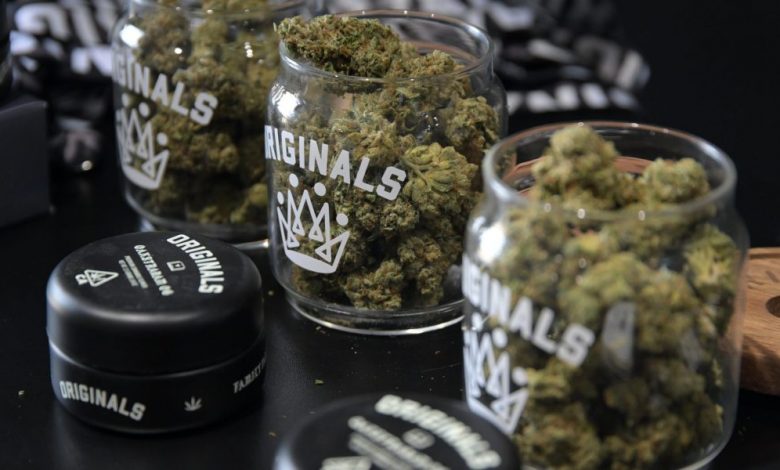Elon Musk’s Twitter opens the door to cannabis advertising

Elon Musk has long been considered cannabis-friendly for his many 420 jokes (the number is slang for marijuana) and for being caught on video during a podcast while smoking a mixture of marijuana and tobacco known as a spliff is.
Now, just months after buying Twitter for $44 billion, it’s made its biggest move yet in support of the cannabis industry by opening up its social media service more broadly to cannabis ads – beyond any competing platform . On Wednesday, Twitter updated its Advertising guidelines to allow licensed cannabis companies Show ads – with many restrictions – in states where the ads are legal.
“As of today, we have taken action in certain US states to ease our Cannabis Ads Policy creating more opportunities for responsible cannabis marketing – the biggest step forward from any social media platform,” said Alexa Alianiello, responsible for US ad sales and partnerships for Twitter in a blog post.
Twitter’s increased acceptance of cannabis ads is a major departure from other big social media companies like Facebook parent Meta, which have long banned such ads. Meta comes closest to allowing cannabis ads for political campaigns and elections, and they must come with a disclaimer, including who paid for the marketing messages.
Twitter’s looser rules come as more states legalize cannabis sales. Recreational use of cannabis is currently legal in 21 states; it remains illegal at the federal level. Twitter’s decision also comes as the cannabis industry faces severe economic turmoil, sending the share prices of many publicly traded companies soaring and others floundering. Many cannabis businesses, including retail outlets and wholesalers, suffer from competition from illegal sellers and the high costs of doing business.
Still, the impact of Twitter’s policy change is unclear. The new rules include restrictions that significantly limit the types of ads allowed, so most ads for most cannabis products are still banned on the Service.
For example, advertisers “may not promote or offer for sale any cannabis (including CBD – cannabinoids)”. An exception is topical or non-ingestible hemp-derived topical CBD products that “contain less than or equal to the government-set threshold of 0.3% THC.”
Alianiello hinted at this in her blog post, giving examples of more general cannabis advertising. “In the future, Twitter will allow advertisers to promote brand preferences and informational cannabis-related content for CBD, THC, and cannabis-related products and services,” she wrote.
Ads for cannabis delivery services and accessories like vaping pens appear to be allowed under the new rules.
Additionally, under Twitter’s new rules, cannabis ads can’t target anyone under the age of 21, show people using cannabis products, or show people who are intoxicated. Advertisers are also prohibited from claiming health benefits or including celebrities or athletes in their messages.
Finally, in order to advertise, businesses must go through a Twitter verification process and be approved. It is unclear how long this process will take.
Despite this, Alianiello introduced Twitter as a safe place for its regular users to tweet about cannabis and discuss the topic with others. She also revealed how Twitter users tweet more about cannabis as a topic than some others that should be familiar to anyone with a Twitter account.
“As the cannabis industry has expanded, so has the conversation on Twitter. In the U.S. — one of the most influential markets for cannabis — it’s bigger than conversation about topics like pets, cooking, and golf1and food and beverage categories such as fast food, coffee and spirits,” said Alianiello.
She continued, “The cannabis section of Twitter is fun and energizing for users to tweet about their experiences of using cannabis—whether medicinal, for well-being, or recreationally—as well as recommending brands, products, and retail locations. The conversation also reflects where the cannabis industry is currently heading: legal/policy reforms, business development and community impact.”
Learn how to navigate and build trust in your organization with The Trust Factor, a weekly newsletter exploring what leaders need to succeed. Login here.



